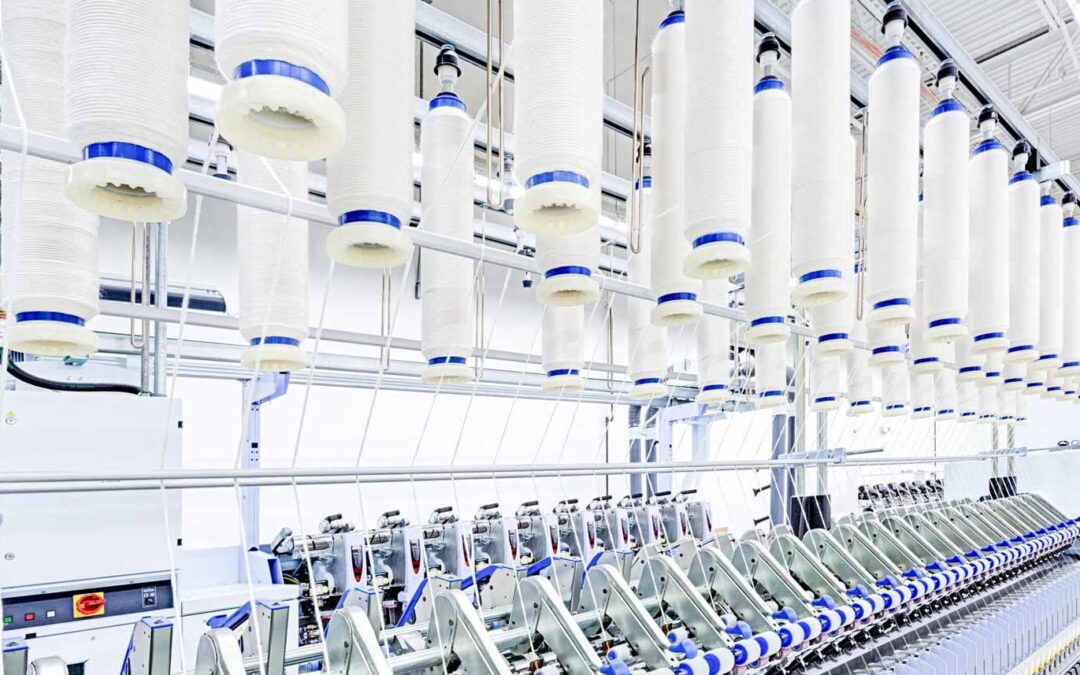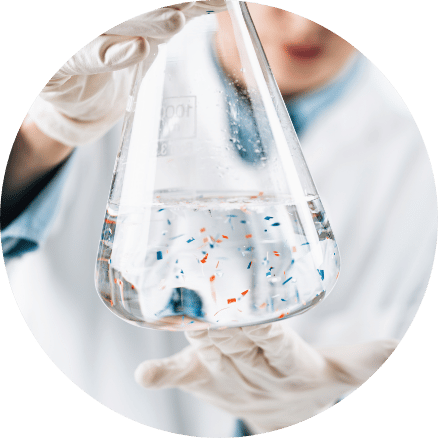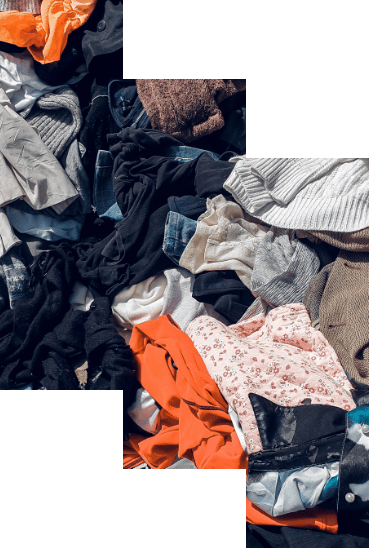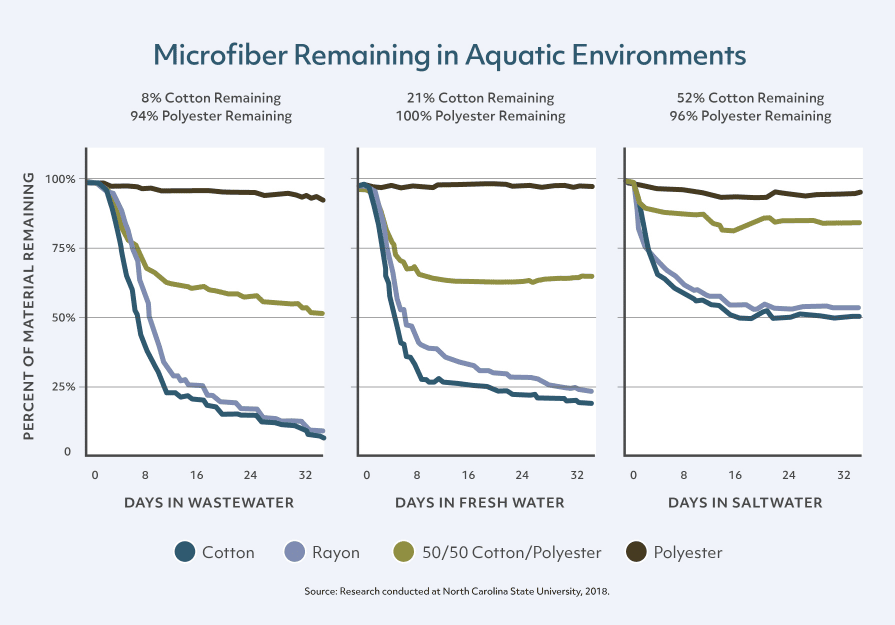What Happens to Textiles After We Use Them?
Ideally, all textiles would be recycled to create an important stream of new, raw materials. In reality 66% of textiles end up in landfills, according to the U.S. Environmental Protection Agency (EPA).
This presents a challenge in achieving a more sustainable world: The material a textile is made from has a huge impact on the amount of harm it can do to the environment. While we should minimize the amount of textiles that end up in a landfill, choosing cotton is a safer option in case it does.
How Do We Know For Sure How Well Cotton Biodegrades?
There is a growing body of evidence showing that cotton biodegrades in all natural environments. In wastewater, fresh water, and salt water conditions cotton microfibers biodegrade readily while polyester microfibers are persistent and do not readily degrade.
Researchers from Cotton Incorporated, and Cornell University demonstrated years ago that cotton is compostable and will biodegrade on land at a faster rate than synthetics like polyester. Then, researchers from Cotton Incorporated, North Carolina State University and Duke University turned their attention to aquatic environments and determined that raw cotton microfibers decomposed faster than polyester in fresh water, salt water, and water treatment facilities.4 Their most recent research, published in 2021, demonstrates that even when textile finishes such as silicone softener, durable press, water repellent, or a blue reactive dye are applied, the biodegradation of cotton fibers is not significantly inhibited and sometimes the rates of biodegradation increase.5
In addition to these studies, a recent study performed by Cornell University showed that cotton containing dyes and finishes will decompose in soil.6




